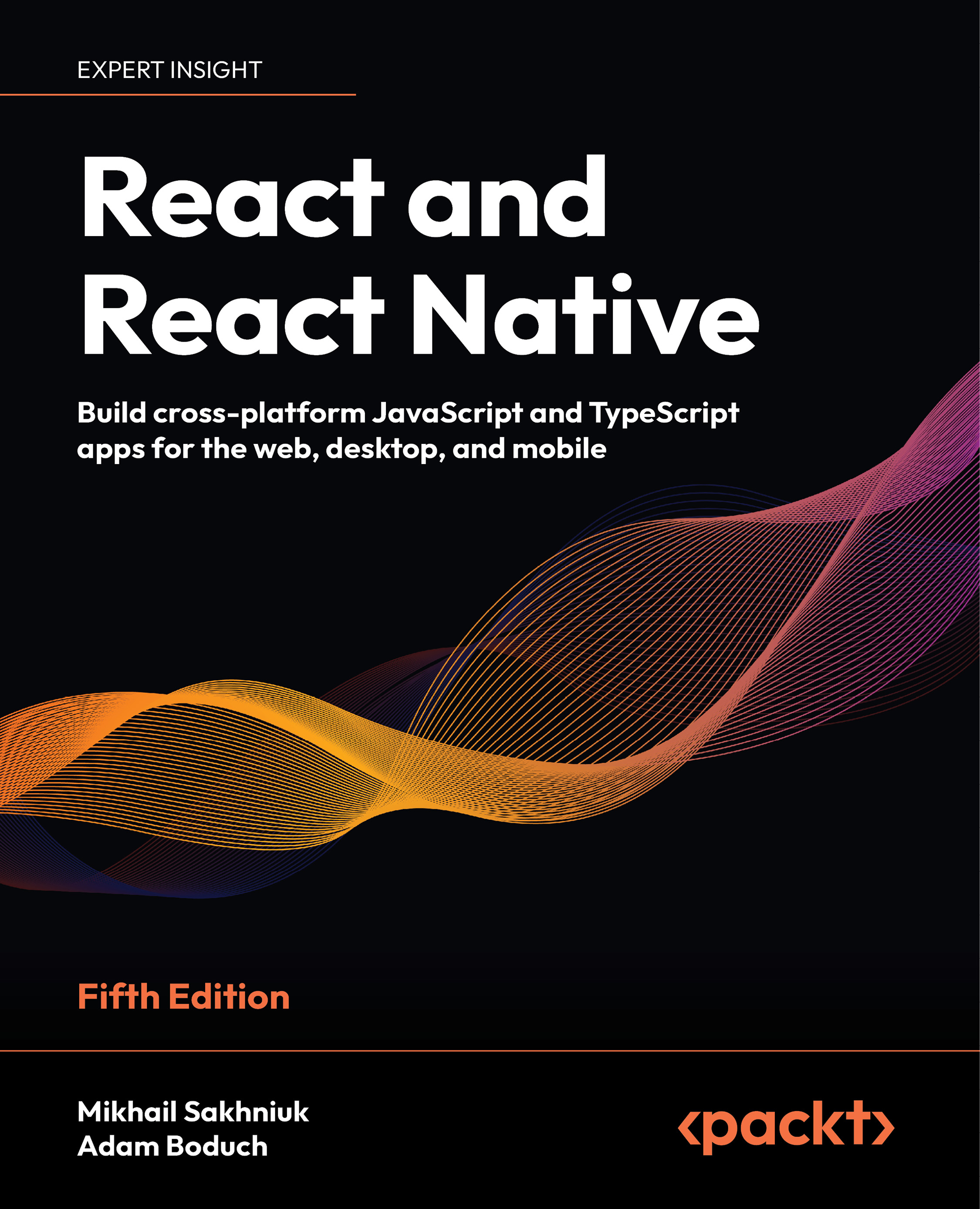In the Maven world, pom.xml (Project Object Model) is the configuration file that defines the required dependencies. While building our project, Maven will read that file and try to download the specified jars from the Maven central binary repository. You need Internet access in order to download jars from Maven's central repository. Maven uses an addressing system to locate a jar in the central repository, which consists of Group Id, Artifact Id, and Version.
Every time we add a dependency, an entry will be made within the <dependencies> </ dependencies> tags in the pom.xml file. For example, if you go to the pom.xml tab after finishing step 3, you will see an entry for spring-mvc as follows within the <dependencies> </ dependencies> tag:
We added the dependency for spring-mvc in step 3, and in step 4, we added the dependency for JSTL. JSTL is a collection of useful JSP tags that can be used to write JSP pages easily. Finally, we need a servlet-api jar in order to use servlet-related code; this is what we added in step 5.
However, there is a little difference in the scope of the servlet-api dependency compared to the other two dependencies. We only need servlet-api while compiling our project. While packaging our project as war, we don't want to the ship servlet-api jar as part of our project. This is because the Tomcat web server would provide the servlet-api jar while deploying our project. This is why we selected the scope as provided for the servlet-api.
After finishing step 6, you will see all the dependent jars configured in your project, as shown in the following screenshot, under the Maven Dependencies library:
We added only three jars as our dependencies, but if you notice in our Maven dependency library list, you will see more than three jar entries. Can you guess why? What if our dependent jars have a dependency on other jars and so on?
For example, our spring-mvc jar is dependent on the spring-core, spring-context, and spring-aop jars, but we have not specified those jars in our pom.xml file; this is called transitive dependencies in the Maven world. In other words, we can say that our project is transitively dependent on these jars. Maven will automatically download all these transitive dependent jars; this is the beauty of Maven. It will take care of all the dependency management automatically; we need to inform Maven only about the first level dependencies.
 United States
United States
 Great Britain
Great Britain
 India
India
 Germany
Germany
 France
France
 Canada
Canada
 Russia
Russia
 Spain
Spain
 Brazil
Brazil
 Australia
Australia
 Singapore
Singapore
 Canary Islands
Canary Islands
 Hungary
Hungary
 Ukraine
Ukraine
 Luxembourg
Luxembourg
 Estonia
Estonia
 Lithuania
Lithuania
 South Korea
South Korea
 Turkey
Turkey
 Switzerland
Switzerland
 Colombia
Colombia
 Taiwan
Taiwan
 Chile
Chile
 Norway
Norway
 Ecuador
Ecuador
 Indonesia
Indonesia
 New Zealand
New Zealand
 Cyprus
Cyprus
 Denmark
Denmark
 Finland
Finland
 Poland
Poland
 Malta
Malta
 Czechia
Czechia
 Austria
Austria
 Sweden
Sweden
 Italy
Italy
 Egypt
Egypt
 Belgium
Belgium
 Portugal
Portugal
 Slovenia
Slovenia
 Ireland
Ireland
 Romania
Romania
 Greece
Greece
 Argentina
Argentina
 Netherlands
Netherlands
 Bulgaria
Bulgaria
 Latvia
Latvia
 South Africa
South Africa
 Malaysia
Malaysia
 Japan
Japan
 Slovakia
Slovakia
 Philippines
Philippines
 Mexico
Mexico
 Thailand
Thailand













